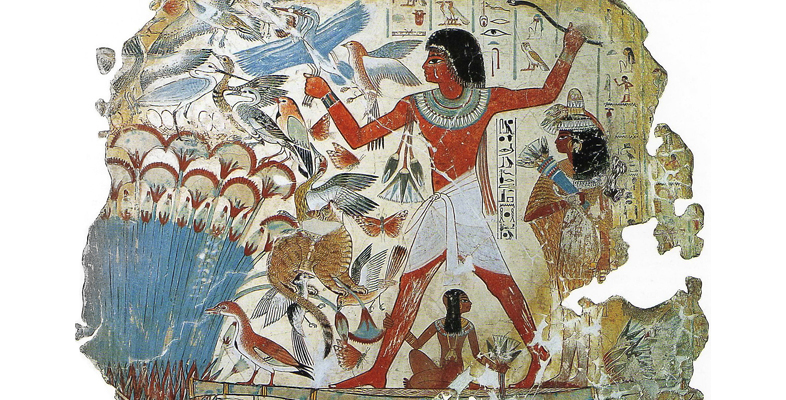6 Twentieth-century popular culture
During the twentieth century, to a considerable extent, the legacy of ancient Egypt was felt in design and popular culture rather than the fine arts. The discovery of the jewellery and furniture in the tomb of Tutankhamun had a great influence on the development of Art Deco. There was a similar impact in the sphere of the popular arts both on the architecture of the new cinemas and on the films that were shown in them. Indeed, the very prevalence of clichés of mummies and treasure might have been one reason why avant-garde artists tended to steer clear of Egypt.
Only later in the twentieth century, with the emergence of postmodernism does one find artists again turning to Egyptian motifs to underpin their own art.
In a large installation of 1985, Palazzo Regale, in Dusseldorf, Joseph Beuys seemed to cast himself in the role of a pharaoh, surrounded by golden wall plaques, with coffin-sized glass vitrines filled with memorabilia suggestive of kingship and death. More recently, the American Bill Viola turned to Egypt for his high-tech brand of spirituality in the enormous, and enormously complex, video projection Going Forth By Day – wherein the spectator is surrounded by images projected simultaneously on all four walls of the room of people performing enigmatic tasks in ultra-slow motion, imbued with an air of ritual and based, it is claimed, on the ancient Egyptian text of the Book of the Dead called by the Egyptians The Spells of Going Forth by Day.
